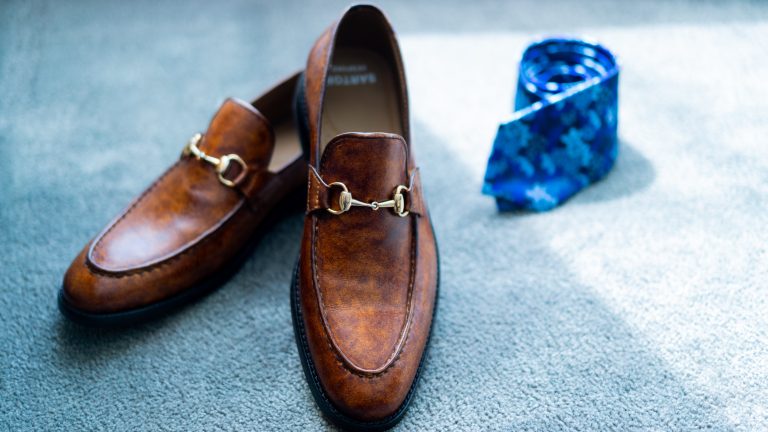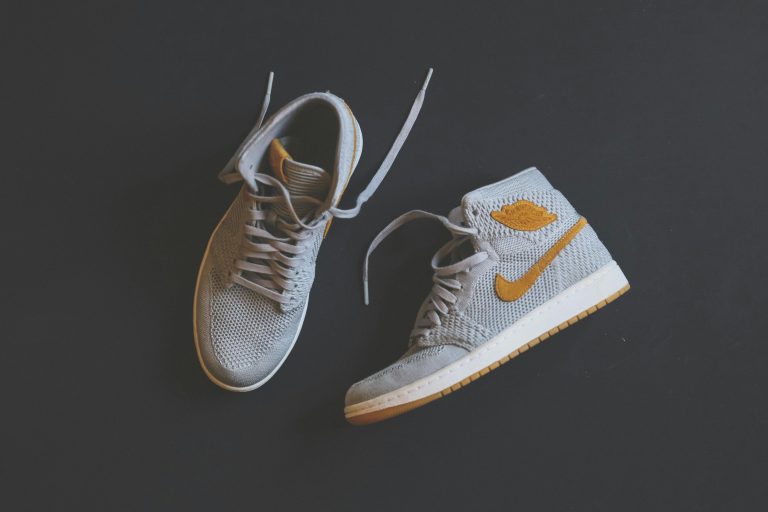Should New Shoes Slip? How Much Heel Slip is Normal?
Introduction
Should New Shoes Slip? Comfortable shoes are essential for our daily lives, providing the foundation for a productive and pain-free day. One common concern among shoe enthusiasts is the dilemma of new shoes slipping. Understanding the dynamics of heel slip is crucial for ensuring a comfortable walking experience.
Understanding Heel Slip (Should New Shoes Slip?)
Heel slip, simply put, refers to the movement of the heel inside the shoe while walking. It’s a common occurrence, especially with new footwear, and can be influenced by various factors such as shoe design, material, and individual preferences. Addressing heel slip is not just about comfort; it’s about finding the right fit for your unique foot shape.

How Much Heel Slip is Normal?
The amount of acceptable heel slip can vary from person to person. Some individuals prefer a snug fit, while others may find a slight movement comfortable. Shoe design also plays a role; certain styles may inherently have more heel slip due to their construction. It’s essential to understand and embrace these variations to find the perfect fit for you.
Finding the Right Fit
The key to addressing heel slip is finding the right fit from the start. This involves more than just selecting the right size; it’s about considering your foot shape, the type of shoe, and, most importantly, trying them on before making a purchase. A well-fitted shoe should feel snug but not overly tight, providing support without compromising comfort.
Breaking in New Shoes
New shoes often require a break-in period. During this time, the materials adjust to the shape of your feet, and any initial stiffness or discomfort tends to subside. While some heel slip is normal during this period, there are ways to expedite the break-in process and minimize any associated discomfort.
Debunking Common Myths
Before diving into solutions, let’s debunk some common myths about heel slip. Not all shoes are meant to fit like a glove from the first wear. It’s essential to differentiate between temporary discomfort during the break-in period and persistent issues that signal an ill-fitting shoe.
Choosing the Right Shoe Material
The material of your shoes significantly influences heel slip. Leather, for instance, tends to mold to the shape of your foot over time, while synthetic materials may have a different feel. Balancing comfort and durability is key when selecting the right shoe material for your needs.
Tips for Preventing Heel Slip
If you’re experiencing more heel slip than desired, there are practical solutions. Consider using additional insoles or cushions to fill any gaps, experiment with different lacing techniques for a secure fit, and don’t hesitate to seek professional advice for persistent issues.
The Role of Socks
Often overlooked, the choice of socks can impact heel slip. Opt for socks that complement the shoe material and thickness based on your preferences. The right combination of shoes and socks can significantly enhance overall comfort.
Common Mistakes When Buying Shoes
Avoiding common mistakes when purchasing shoes is crucial. Don’t solely rely on online shopping; try shoes in-store to assess comfort. Recognize that sizing can vary among brands, and prioritize comfort over aesthetics to prevent regrets later on.
Foot Health and Shoe Fit
The relationship between shoe fit and foot health is undeniable. Ill-fitting shoes can lead to various issues, from blisters to more severe conditions. Pay attention to signs of improper fit, and prioritize shoes that promote the well-being of your feet.
Customization Options
For those who struggle to find the perfect fit, customization is an option. Explore custom-made shoes or personalize off-the-shelf options for a tailored experience. While this may come with a higher cost, the benefits of comfort and satisfaction are invaluable.
Consumer Reviews and Feedback
Before making a purchase, leverage the power of consumer reviews. Real-life experiences can provide insights into comfort, durability, and potential issues. Keep in mind that individual preferences vary, so consider multiple perspectives before making a decision.
When to Seek Professional Help
If heel slip persists despite trying various adjustments, it may be time to consult a podiatrist. They can offer personalized advice based on your foot anatomy and address any underlying issues contributing to discomfort.
Conclusion
In the quest for comfortable shoes, understanding and managing heel slip is a crucial step. Remember that the definition of a perfect fit is personal and can vary. Embrace the uniqueness of your feet, take proactive steps in finding the right fit, and prioritize comfort for a satisfying walking experience.




Leave a comment